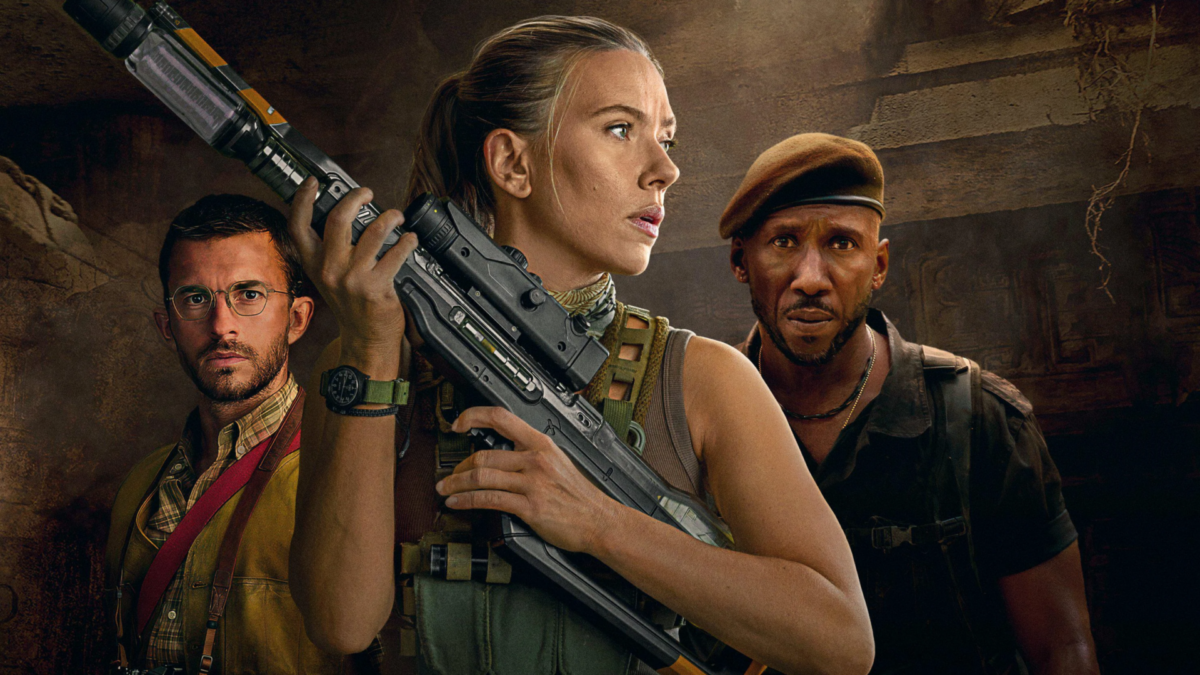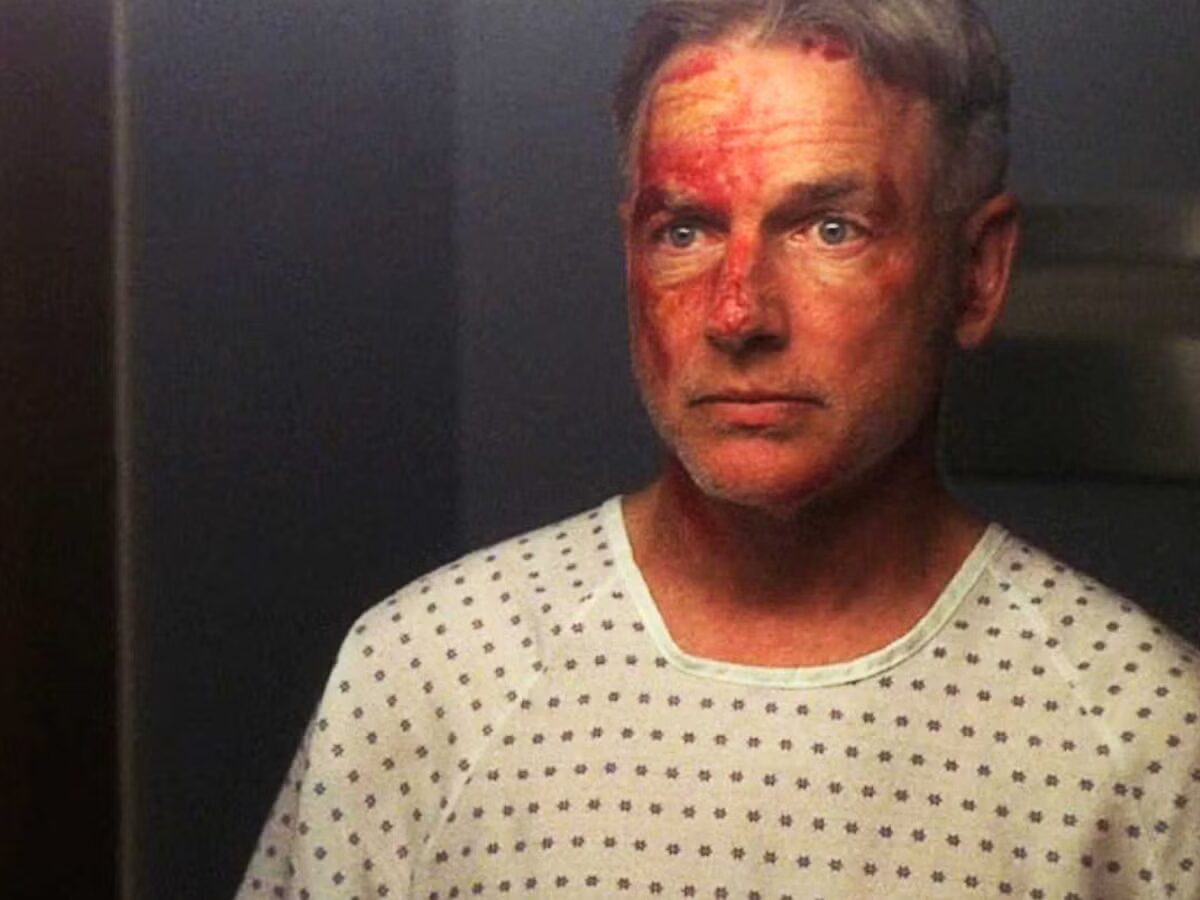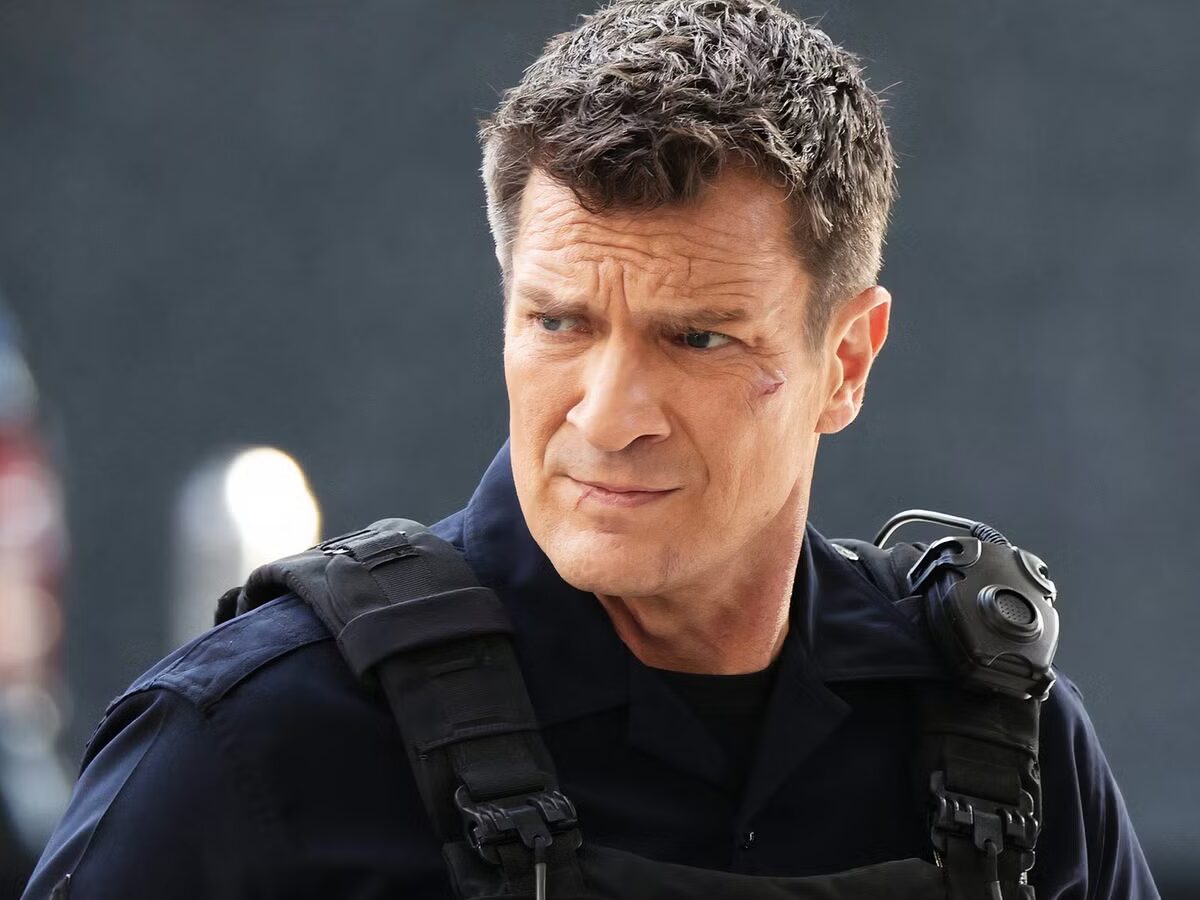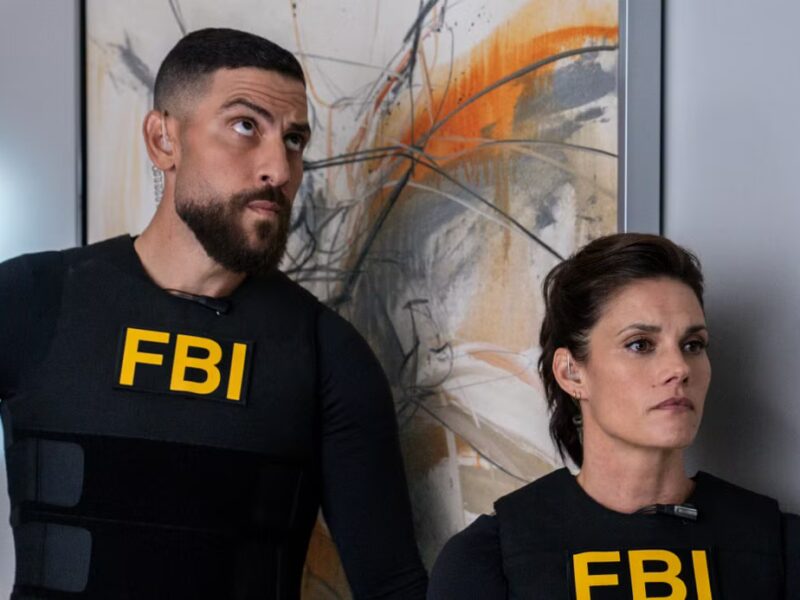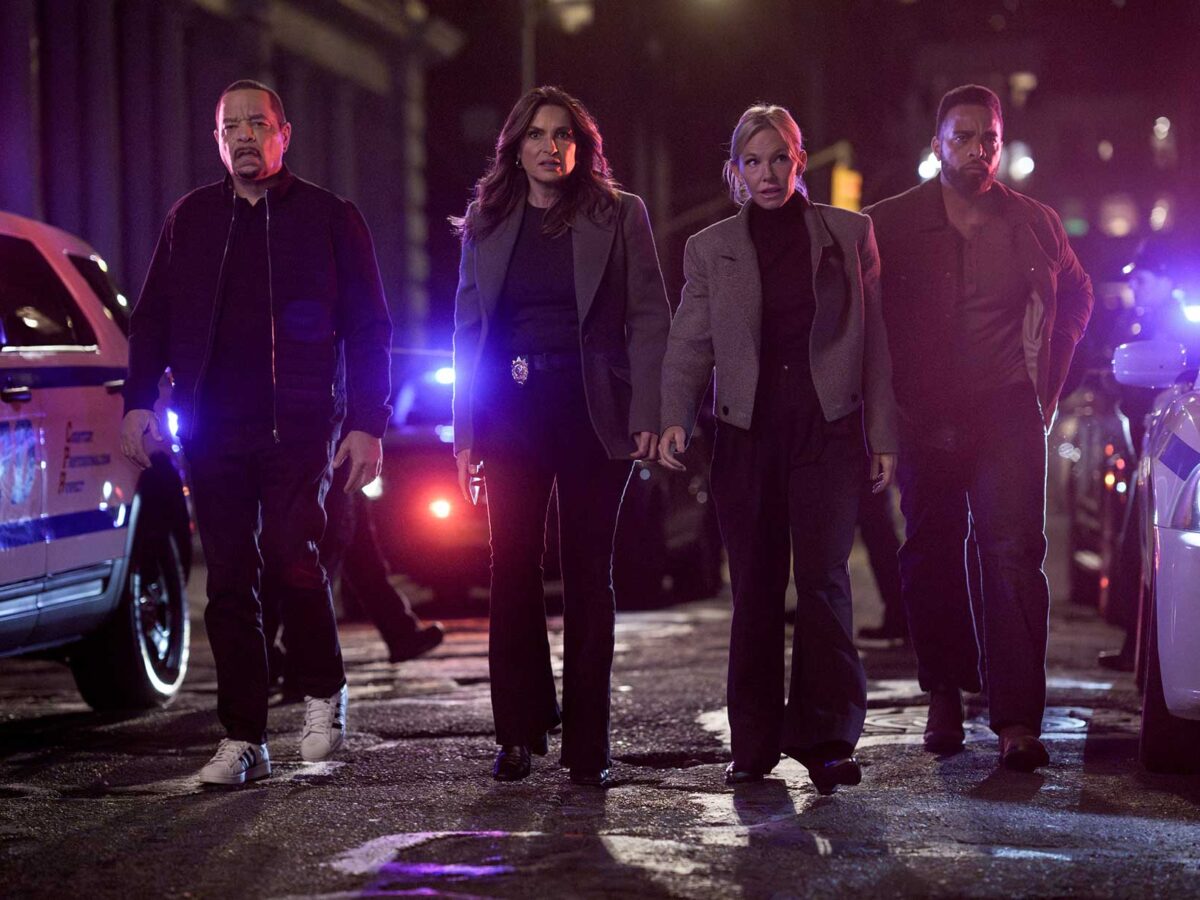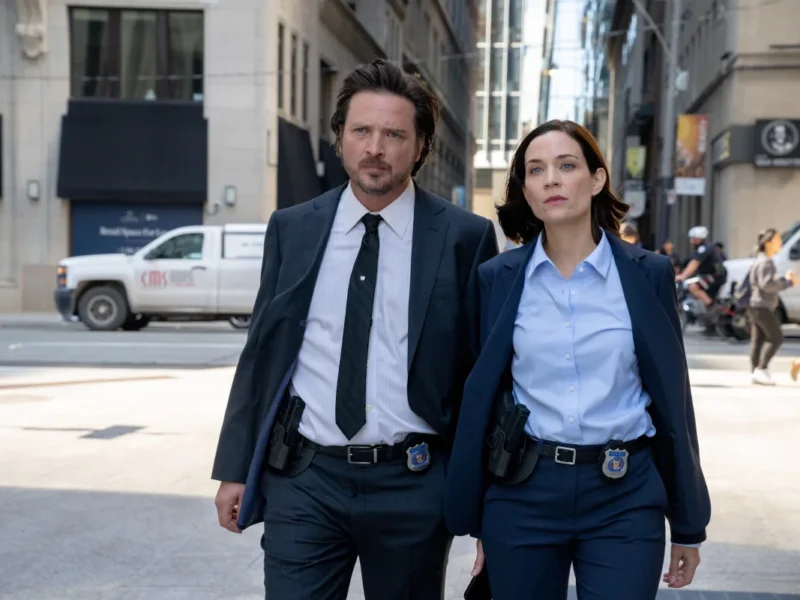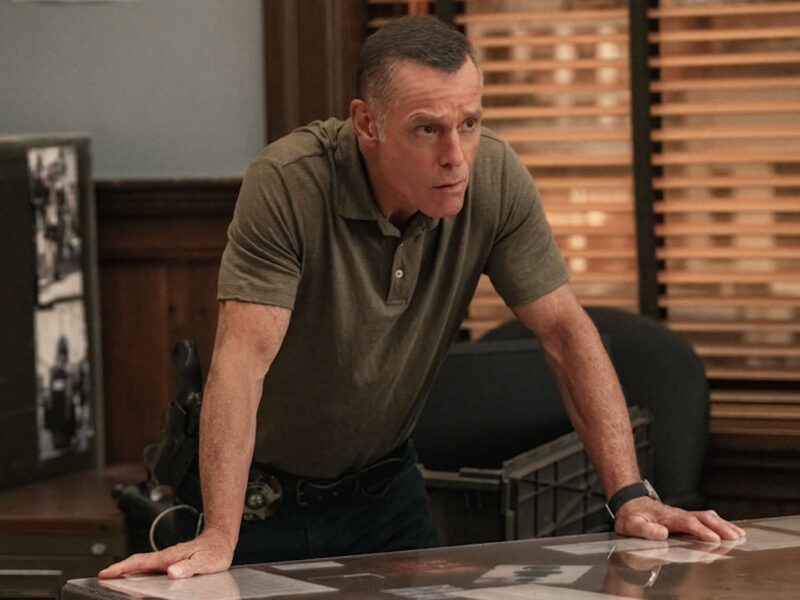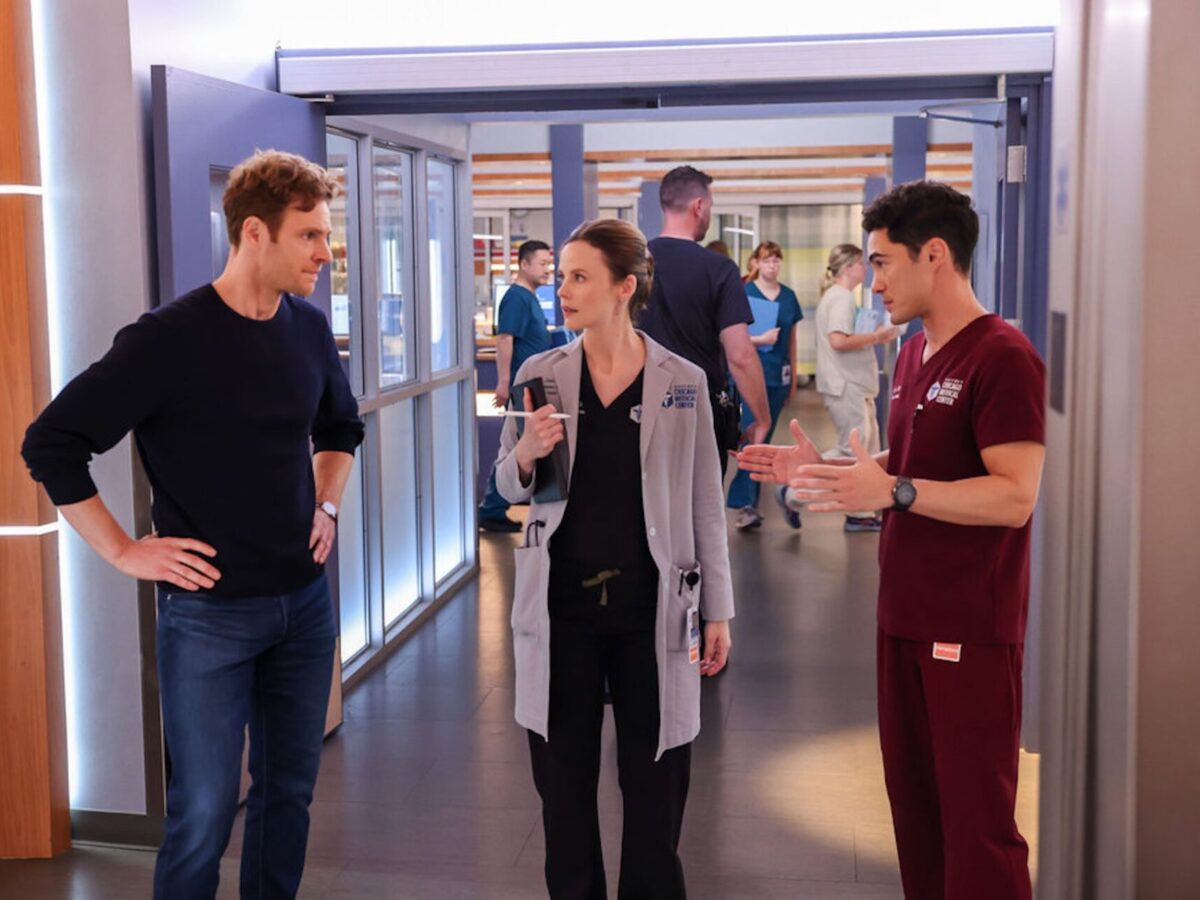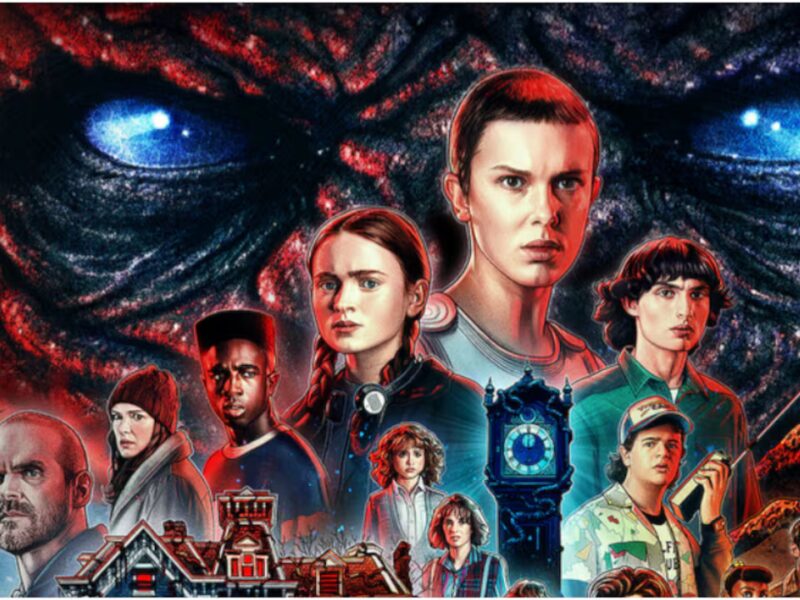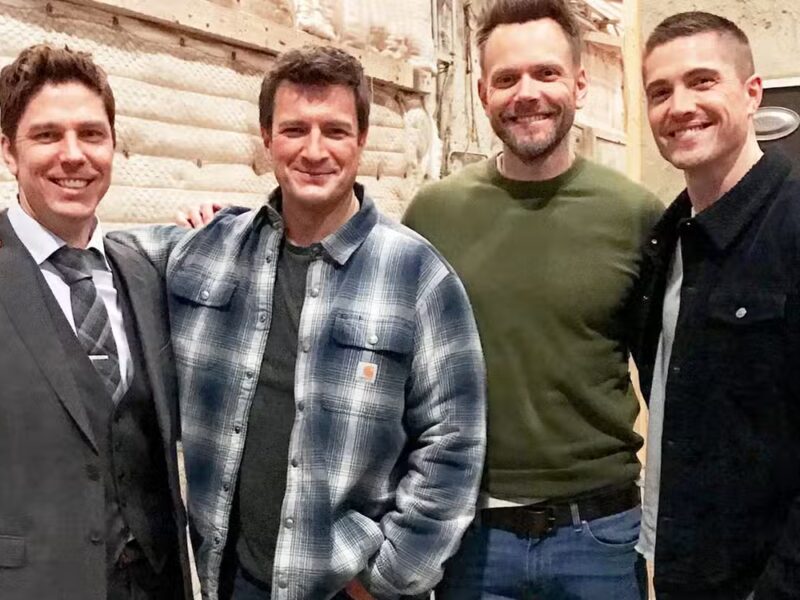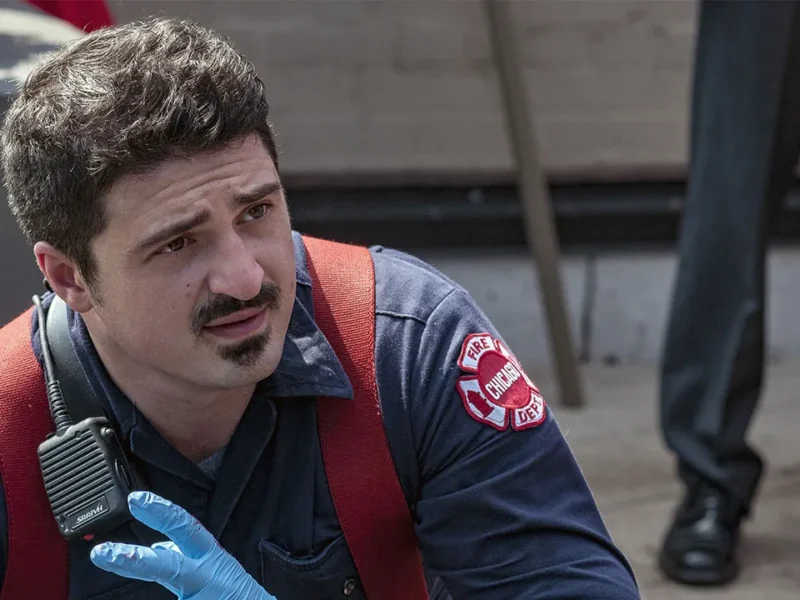The Jurassic franchise roars back to life this summer with Jurassic World: Rebirth, a bold and high-stakes adventure that reclaims the primal terror and awe of the original films. Headlined by Scarlett Johansson, Jonathan Bailey, and Mahershala Ali, and backed by the legendary Steven Spielberg as executive producer, this seventh installment of the dino-saga reboots the franchise with a standalone story that’s both nostalgic and refreshing.
Set five years after Jurassic World Dominion, the film centers on a covert expedition to a forbidden island once used by InGen, the shadowy biotech company that started it all. Johansson plays Zora Bennett, a former undercover agent with a turbulent past, who is recruited to lead a team in retrieving the DNA of three enormous prehistoric species. The mission? To extract genetic material from the last known Titanosaurus, Mosasaurus, and Quetzalcoatlus to develop a potentially life-saving medical breakthrough. But as with all things Jurassic, the trip quickly unravels into a survival nightmare.
What makes Jurassic World: Rebirth a game-changer for the franchise?
Rather than following the interconnected arcs of the previous trilogy, Jurassic World: Rebirth reinvents the saga by returning to its roots: isolated locations, a small cast, and unrelenting tension. Directed by Gareth Edwards (Rogue One, Godzilla), and written by original Jurassic Park scribe David Koepp, the film embraces the visceral thrill of man versus nature.
Edwards, known for blending large-scale spectacle with grounded emotion, uses lush practical locations—filmed in Thailand, Malta, and the UK—to bring the new setting, Ile Saint-Hubert, to vibrant life. Gone are the overly polished labs and cities; in their place are jungle-covered cliffs, treacherous rivers, and ancient ruins, all crawling with creatures both familiar and terrifyingly new.
The film also introduces genetically altered dinosaurs—”Mutadons” and the monstrous “Distortus Rex”—which push the science fiction element further than ever before. Yet, it never loses sight of the franchise’s central theme: the ethical peril of human tampering with nature. Spielberg’s touch is evident in these moral undercurrents, subtly woven into the action-heavy narrative.
Who stands out among the new characters?
Scarlett Johansson commands the screen as Zora Bennett, infusing the role with both vulnerability and ferocity. It’s a performance reminiscent of her work as Black Widow, but layered with emotional weight as Zora seeks redemption through this perilous mission. She’s joined by Mahershala Ali as Duncan Kincaid, a principled outlaw with his own agenda, and Jonathan Bailey as Dr. Henry Loomis, a paleontologist torn between scientific wonder and survival.
The emotional core, however, belongs to the Delgado family, portrayed by Manuel Garcia-Rulfo, Luna Blaise, and David Iacono, whose unintended arrival on the island adds a deeply human layer to the chaos. Their story injects urgency and relatability into a plot that might otherwise lean too heavily on action. Watching them navigate the carnage offers the film’s most suspenseful and heartwarming moments.
Does Jurassic World: Rebirth live up to the legacy of the original films?
While it may not replicate the groundbreaking awe of Jurassic Park, Jurassic World: Rebirth is arguably the most exhilarating entry since the 1993 classic. It dials up the fear factor, with standout sequences like the long-awaited T-Rex river raft chase, a scene straight from Michael Crichton’s novel, finally brought to life. The sound design, score by Alexandre Desplat, and meticulous visual effects come together to create set pieces that are not only thrilling but emotionally resonant.
Though the plot may follow familiar beats, the execution feels fresh. Dinosaurs are no longer treated as cinematic allies, but as genuine threats—feral, majestic, and completely unpredictable. The Mutadons, in particular, offer a horror-tinged addition that signals a darker tone for the franchise.
If there’s a weakness, it lies in the character development. The leads are compelling, but their arcs sometimes lack the depth that could have elevated the story further. Still, the action sequences, impressive creature design, and renewed focus on suspense more than compensate.
Jurassic World: Rebirth closes with a satisfying, if ambiguous, resolution—one that hints at future installments while honoring the standalone nature of the film. Whether or not it kicks off a new trilogy, this latest chapter proves that there’s still plenty of life in this prehistoric powerhouse.

